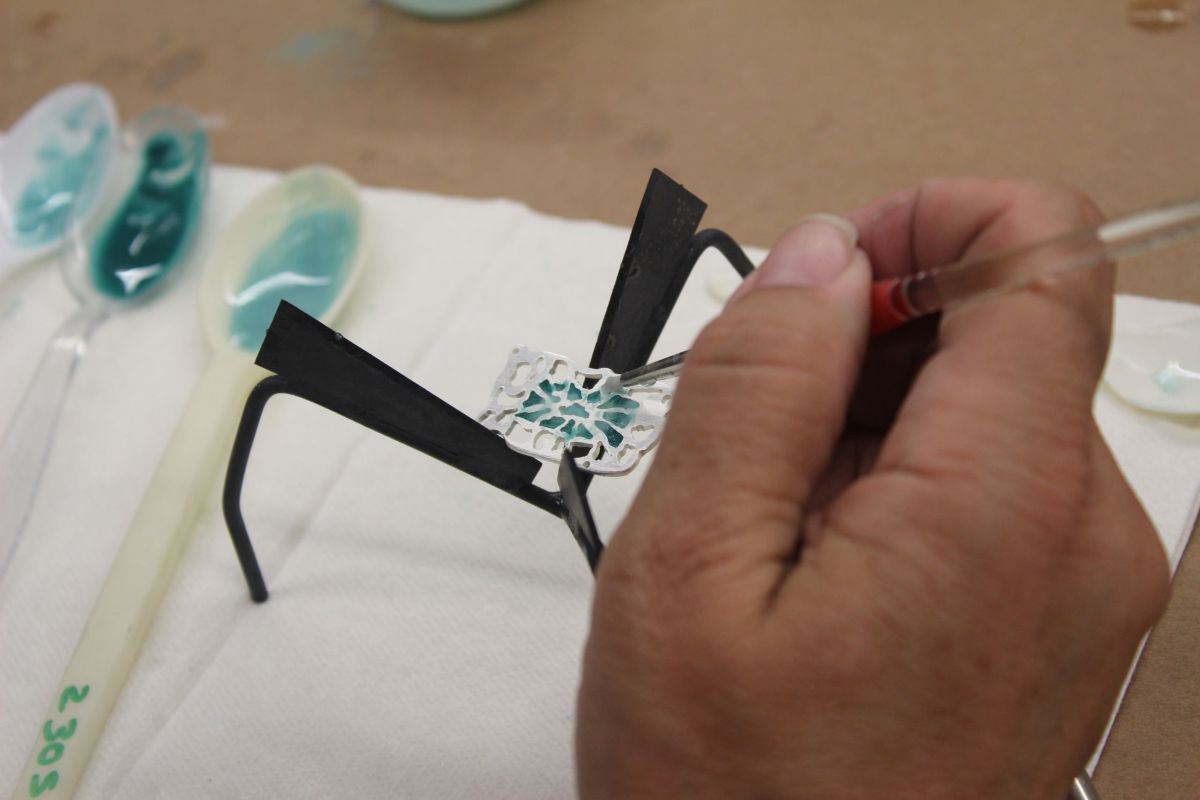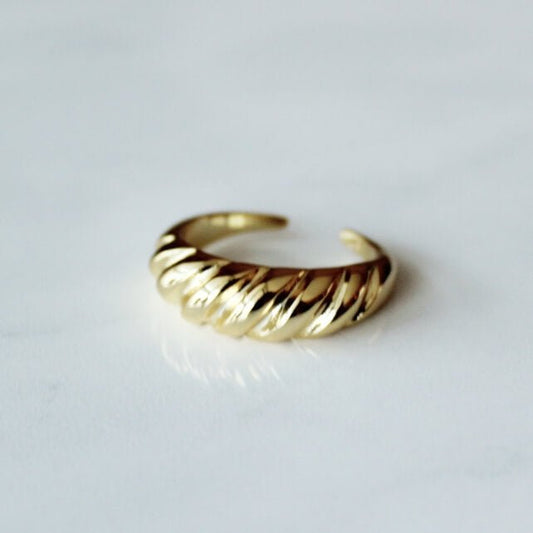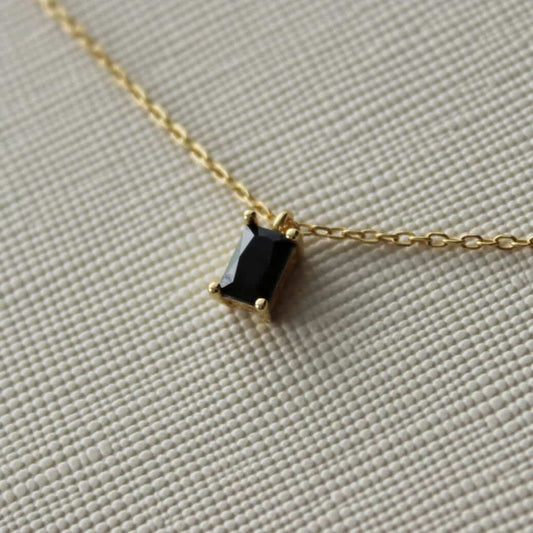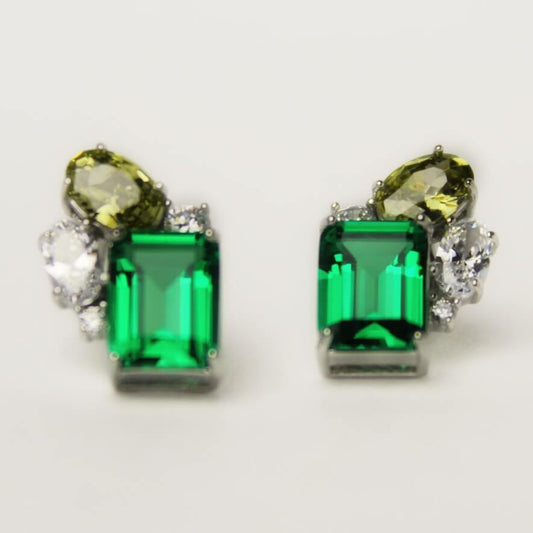The Timeless Allure of Jewelry
Jewelry has been a symbol of status, wealth, and beauty throughout human history. From the earliest times, humans have adorned themselves with necklaces, bracelets, rings, and earrings made from natural materials such as shells, bone, and stone. In the centuries that followed, jewelry-making evolved into a complex and highly skilled art form, with master craftsmen creating beautiful, intricate works of art from precious metals and gemstones. Today, jewelry continues to be a source of fascination and inspiration for designers, collectors, and enthusiasts around the world.
Ancient Origins: The Beginnings of Jewelry-making
The earliest examples of jewelry-making date back thousands of years, to prehistoric times when humans first began to use tools and create art. These early ornaments were made from natural materials such as shells, bone, and stone, and were often imbued with symbolic or religious significance. As civilizations emerged and grew more sophisticated, jewelry-making became a highly skilled craft, with artisans creating beautiful and intricate works of art from precious metals and gemstones. Ancient civilizations such as Egypt and Mesopotamia were renowned for their intricate gold and silver jewelry, while the Celts and other European tribes created stunning pieces using a variety of materials including bronze, silver, and enamel.
Mastering Metals: The Advancements in Metalworking Techniques
Metals have been a vital part of jewelry-making for thousands of years, with gold, silver, and platinum being among the most prized and valuable materials. Over the centuries, jewelry-makers have developed a range of metalworking techniques to create intricate designs and patterns. These techniques include hammering and casting, filigree, granulation, and repoussé. Each technique requires a high degree of skill and precision, and can produce stunning results. For example, the intricate gold filigree of the Treasure of the Oxus, a collection of ancient Persian jewelry, demonstrates the mastery of metalworking techniques achieved by ancient artisans.
The Art of Enameling: Techniques and Styles

Enamel is a technique of decorating metal with a vitreous layer, a technique which has been used in jewelry-making for thousands of years. It involves melting glass onto metal to create a durable and colorful surface. Ancient Egyptian jewelry was often adorned with enamel, as were medieval European pieces. There are several techniques of enameling, including cloisonné, champlevé, and plique-à-jour. Each technique requires skill and precision, and produces unique and beautiful results. Enamel has also been used in decorative arts beyond jewelry-making, such as in ceramics and glassware.
Gems and Stones: The Importance of Gemstones in Jewelry-making
Gemstones have been highly valued in jewelry-making for thousands of years, with different cultures and religions placing varying levels of importance on different stones. For example, the sapphire was highly prized in medieval Christian jewelry, while the jade was considered a symbol of power and wealth in ancient Chinese culture. The art of gemstone cutting and polishing has evolved over time, with different techniques being developed to create different effects. Faceting, cabochon cutting, and intaglio carving are just a few of the techniques used by gemstone cutters to create stunningly beautiful pieces.
Adornment and Symbolism: The Cultural Significance of Jewelry
Jewelry has played an important role in different cultures throughout history, with different types of adornment and ornamentation being used to express cultural and religious beliefs. Beads, pendants, and earrings have all been used to adorn the body, while symbolism and iconography have been used to convey important cultural or religious messages. For example, the scarab beetle was a symbol of rebirth and transformation in ancient Egyptian culture, and was often used in jewelry-making. Similarly, the Christian cross has been used as a symbol of faith and devotion for centuries, and is often incorporated into jewelry worn by followers of the religion.
Revolutionary Changes: The Impact of Industrialization on Jewelry-making
The Industrial Revolution brought about significant changes in the jewelry-making industry, with mass production techniques enabling jewelry to be produced on a much larger scale than before. While this led to more affordable jewelry for the masses, it also resulted in a decline in the quality of craftsmanship and a loss of individuality and uniqueness. However, the Arts and Crafts movement of the late 19th and early 20th centuries sought to revive traditional crafts and techniques, including jewelry-making, and helped to usher in a new era of handmade, artisanal jewelry.
The Rise of Modernism: Innovations in Design and Materials
The 20th century saw a revolution in jewelry design, with new materials and styles emerging and traditional techniques being adapted to suit modern sensibilities. Art Deco jewelry, with its bold, geometric designs and use of materials such as onyx, coral, and diamonds, was popular in the 1920s and 1930s, while the 1960s and 1970s saw a resurgence of interest in natural materials such as wood and stone. Today, jewelry designers continue to experiment with new materials and techniques, pushing the boundaries of what is possible in the world of jewelry-making.
Preserving Tradition: The Importance of Artisanal Craftsmanship
Despite the advances in technology and mass production, there is still a demand for high-quality, handmade jewelry that reflects the traditions and techniques of the past. Artisanal jewelry-making is a niche market, but it is one that is highly valued by collectors and enthusiasts who appreciate the time and skill that goes into creating each piece. Many artisans continue to use traditional techniques such as hand-forging and stone-setting, and there is a growing interest in preserving these techniques for future generations.
Conclusion: The Enduring Beauty of Jewelry
Jewelry has been an important part of human culture for thousands of years, and its allure shows no signs of fading. From the earliest examples of shell and stone ornaments to the intricate gold and gemstone creations of today, jewelry-making has evolved into a highly skilled and complex art form. While the techniques and materials used in jewelry-making have changed over time, the enduring appeal of jewelry lies in its ability to reflect the values and aspirations of the culture in which it is made. Whether as a symbol of wealth and status, a statement of personal style, or a reflection of cultural and religious beliefs, jewelry continues to captivate and inspire us today.







